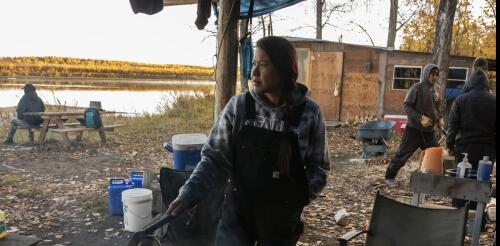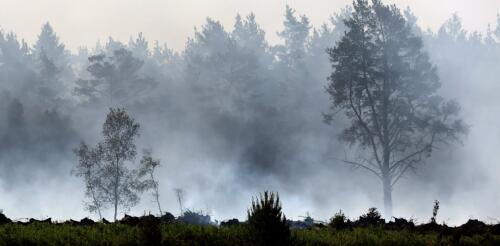Thawing permafrost
The year 2023 shattered the record for the warmest summer in the Arctic, and people and ecosystems across the region felt the impact. Wildfires forced evacuations across Canada. Greenland was so warm that a research station at the ice sheet summit recorded melting in late June, only its fifth melting event on record. Sea surface temperatures in the Barents, Kara, Laptev and Beaufort seas were 9 to 12 degrees Fahrenheit (5 to 7 degrees Celsius) above normal in August. While reliable instrument measurements go back only to around 1900, it’s almost certain this was the Arctic’s hottest summer in centuries. Summer heat extremes in 2023 and over time. NOAA, Arctic Report Card 2023 The year started out unusually wet, and snow accumulation during the winter of 2022-23 was above average across much the Arctic. But by May, high spring temperatures had left the North American snowpack at a recor...
The blanket of wildfire smoke that spread across large parts of the U.S. and Canada in 2023 was a wake-up call, showing what climate change could feel like in the near future for millions of people. Apocalyptic orange skies and air pollution levels that force people indoors only tell part of the story, though. As global temperatures rise, fires are also spreading farther north and into the Arctic. These fires aren’t just burning in trees and grasses. New research on the exceptional Arctic fire seasons of 2019 and 2020 points to fires moving into the ground as well. These underground fires are known as “zombie fires,” and there are a number of reasons to worry about the trend. A volunteer fights ‘zombie’ peat fires in Siberia in 2020, a year when an estimated 100,000 square miles of forest, grassland and peatland burned, according to an International Association of Wildland Fire analysis. Alexa...

